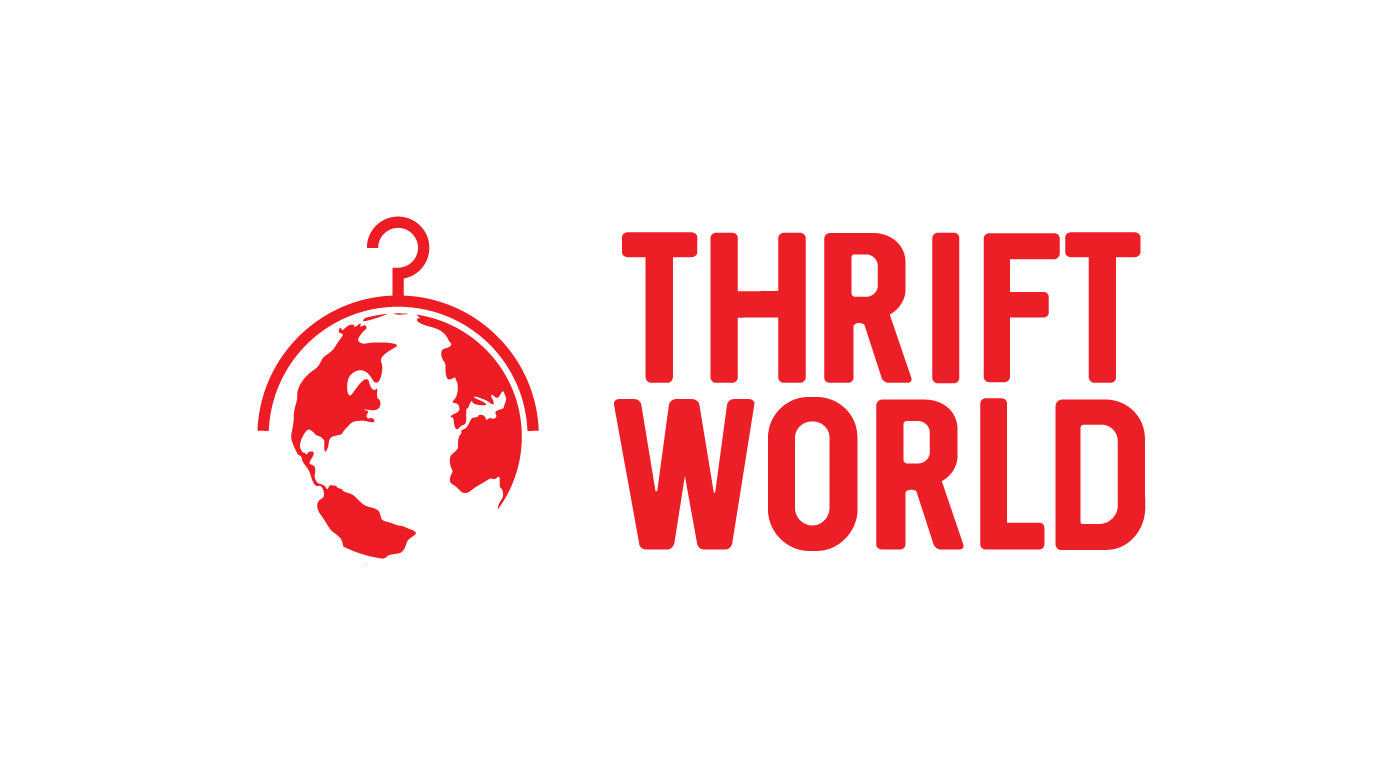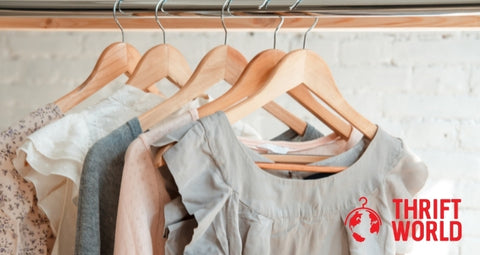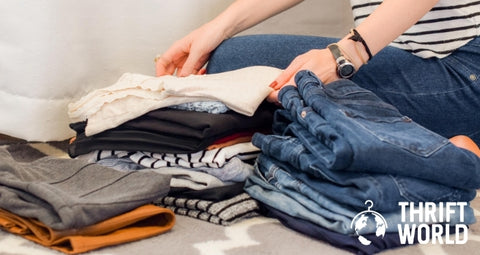The U.N. Climate Report conducted by the Intergovernmental Panel on Climate Change was released in August 2021, and it issues a “code red for humanity.” Scientists report the world’s greenhouse emissions are warming up the world fast, and it is expected to keep warming up the planet in the coming decades.
Global warming could surpass 1.5 degrees Celsius above pre-industrial levels in the next decade. If global warming temperatures reach this threshold, there could be an irreversible change in the climate system. The change could mean that the world could experience even more climate events like heat waves, droughts and massive rainfall. The continued deforestation and burning of fossil fuels are to blame.
This kind of event can be slowed down or prevented by taking action right now. One way you can help reduce emissions is by changing your shopping habits. The way you shop and dispose of clothing affects the planet. Take a look at how the fashion industry produces greenhouse emissions and how you can help reduce it.
THE FASHION INDUSTRY AND CARBON EMISSIONS
One of the industries that are responsible for a large majority of greenhouse emissions is the fashion industry. It is considered the second-largest polluter in the world, just above the oil industry, and accounts for 10 percent of global greenhouse gas emissions.
Most of the greenhouse gases that the fashion industry produces come from upstream activities, like fabric production. Fast fashion and throwaway fashion culture have influenced this growing number. It has caused people to throw away clothing pieces after seven or eight years.
To help reduce these greenhouse emissions, experts call for a move towards a more circular fashion industry. This system would help extend the life of clothing and products for as long as possible through shopping second hand and recycling clothes at thrift store bins near me.
WHAT CHANGES TO MAKE TO YOUR WARDROBE TO REDUCE CARBON EMISSIONS
Reduce
As stated above, the fashion industry is to blame for greenhouse gas emissions. You can help reduce these emissions by shopping second hand. When you buy something second hand, you are reducing the demand for a new item while also reducing the carbon dioxide gas emissions. You can shop second hand at thrift stores, vintage shops and online resale shops.
Reuse
What do you do when something no longer fits or has a hole in it? Do you throw it away? Before you toss something, think about if it can be reused and repurposed. Upcycling has become a popular way to repurpose unused items and reduce waste. Through upcycling, you make that item more functional and valuable than it originally was. One example of upcycling is taking an old pair of jeans and making them into shorts or a skirt.
Recycle
Another way to reduce greenhouse gas emissions is by recycling. Most everyday items you use are recyclable, and clothing is no exception. Instead of tossing clothes that no longer fit you to the dump, donate them to thrift store bins near me. By donating clothes, you are helping prevent the breakdown of clothes that release harmful gases and the production of new clothes.
ARE YOU LOOKING FOR SOME THRIFT STORE BINS NEAR ME?
Visit our website! Our donation page to find a donation bin near you, schedule a donation pick up or learn about what kind of items our store accepts. We have donation bins in the Omaha, Council Bluffs and Kansas City metro area. Make a donation today!




Comments (0)
There are no comments for this article. Be the first one to leave a message!